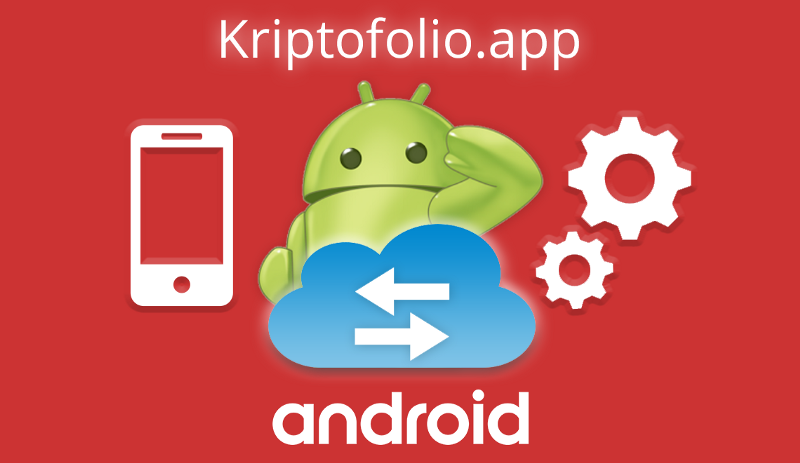


And REST APIs are fast as no additional processing is required. SOAP APIs provide built-in security, error handling, and transactionĬompliance which makes them heavier as compared to REST APIs. Because of their lightweight REST APIs are goodĬhoices for mobile application development, IoT (Internet of Things) and serverless computing. REST APIs are lightweight as there is no built-in security and transaction compliance. How will you differentiate SOAP APIs from RESTful APIs? In ASP.NET, you can use the same framework to build web pages and services.ģ.
#Android web server with restful apis android
This project uses Raspberry Pi, anyway, you can use any platform compatible with Android Things.Ĭreate a new Project using Android Things Studio and add the following dependency to the gradle file: Ĭompile ‘.contrib:driver-bmx280:0.4’ Please refer to the Android Things Peripherals I/O to know the pins used in this project. The schematic showing the connections is: This topic was covered several times on this blog anyway just to refresh your memory, BMP280 is a I2C sensor so it connects to Android Things using 4 pins:
#Android web server with restful apis how to
In this first step, we cover how to connect the BMP280 sensor to the Android Things. How to connect the BMP280 to Android Things Before using Android Things, you should have installed it on your device. This sensor is BMP280 that is a I2C sensor. To focus our attention on the process of using a Restful API interface in Android Things we will use a simple sensor that reads temperature, pressure, and humidity. We don’t have to forget that one of the best choices when we have to exchange data between different systems is using MQTT protocol. Depending on the scenario we have to face, we can select the right integration strategy.

We have already discussed how to exchange data between Android Things and Firebase or how to integrate Android Things with a cloud platform, this article covers a different integration aspect. Even if there are different solutions to this integration problem, using a Restful API interface in Android Things guarantees a large compatibility with other systems implemented using different technologies. There are several scenarios, where Android Things has to be integrated with external systems and it is necessary to have a Restful interface to invoke its services. This article explains how to build and use a Restful API interface using Android Things so that other apps or applications can invoke this API. Building a Restful API interface using Android Things is useful whenever we have to connect Android Things to an external system. This tutorial covers how to build and use Restful API in Android Things to interact with it.


 0 kommentar(er)
0 kommentar(er)
